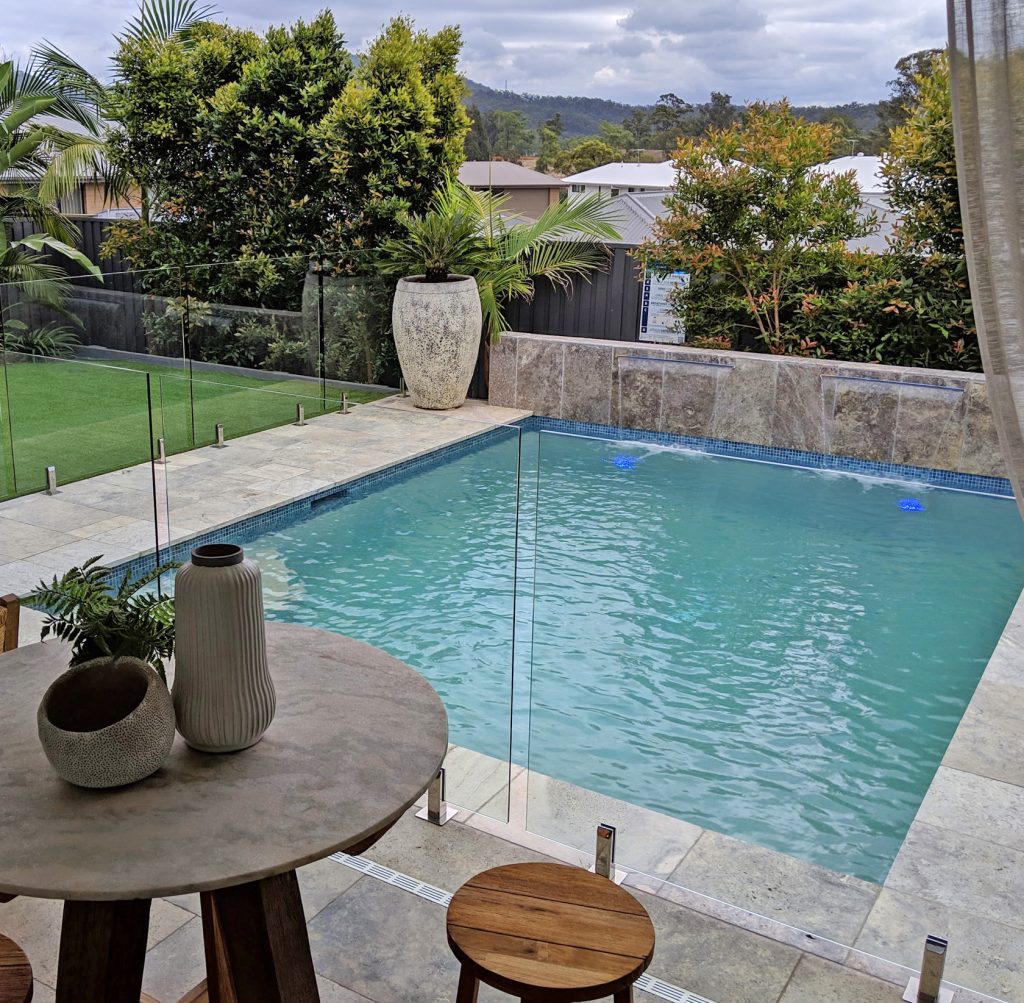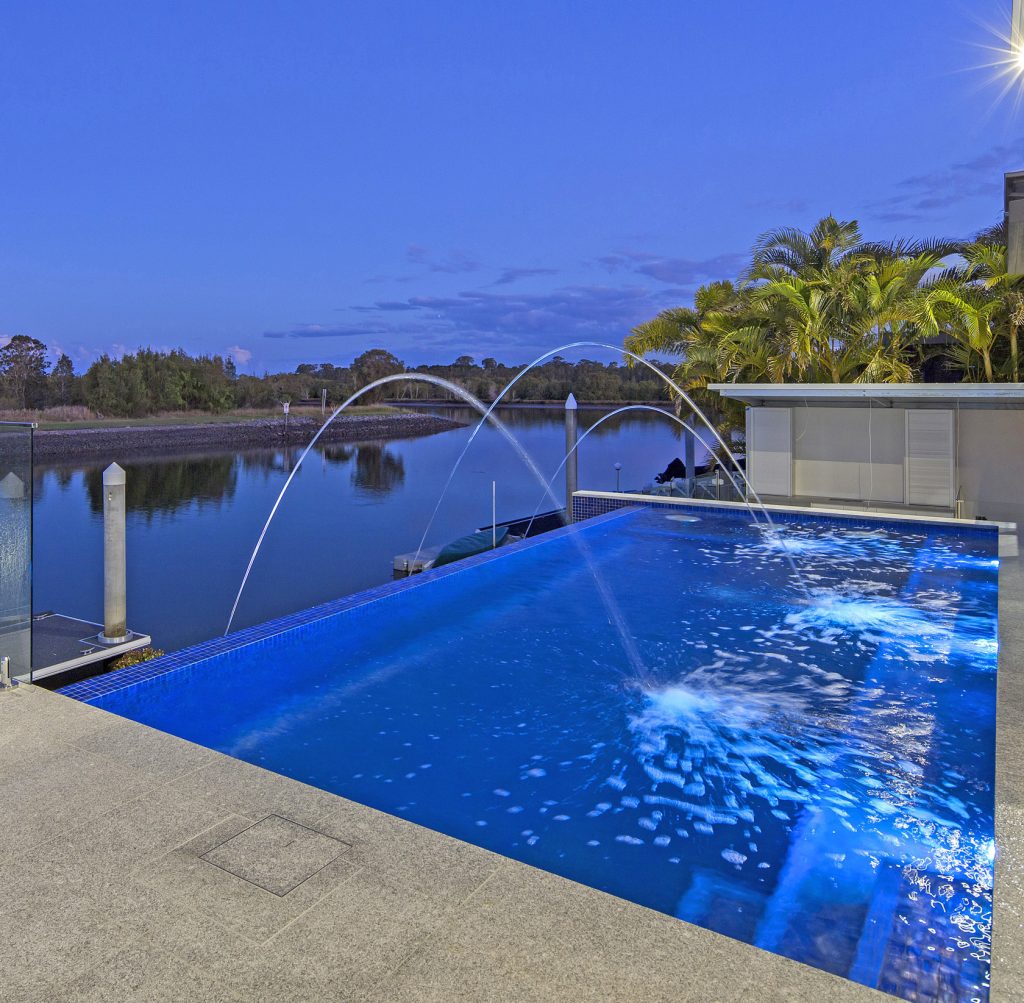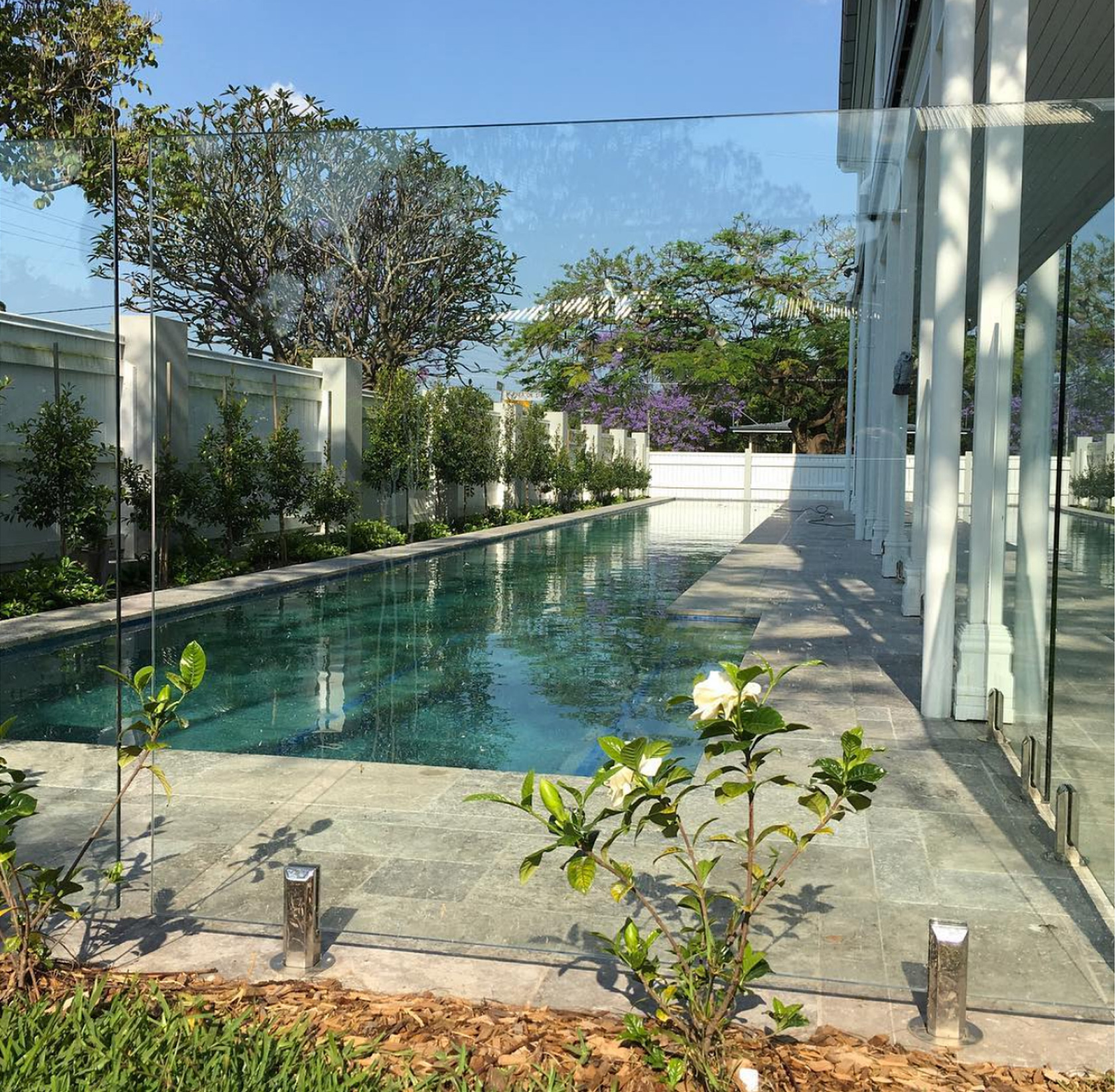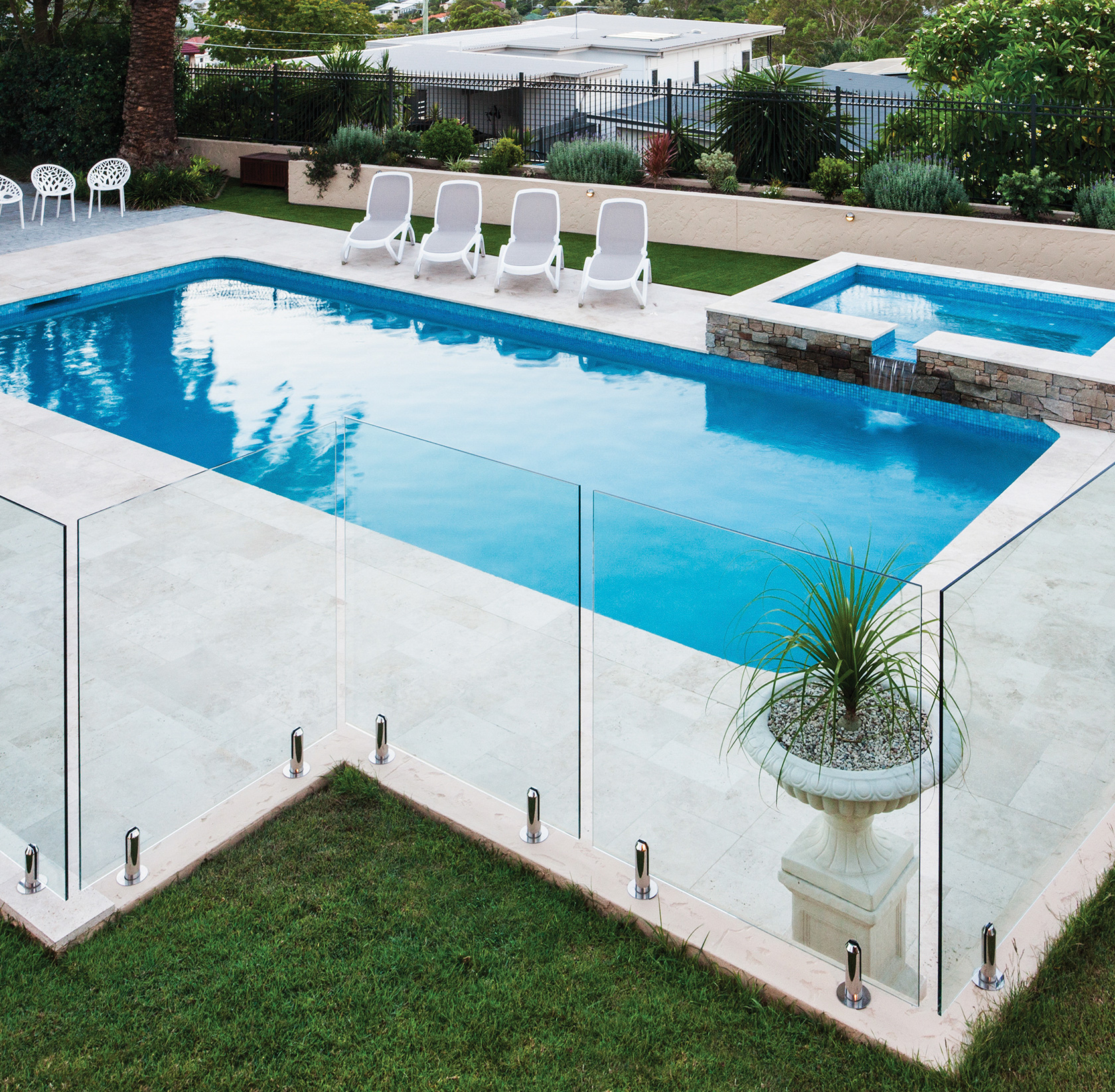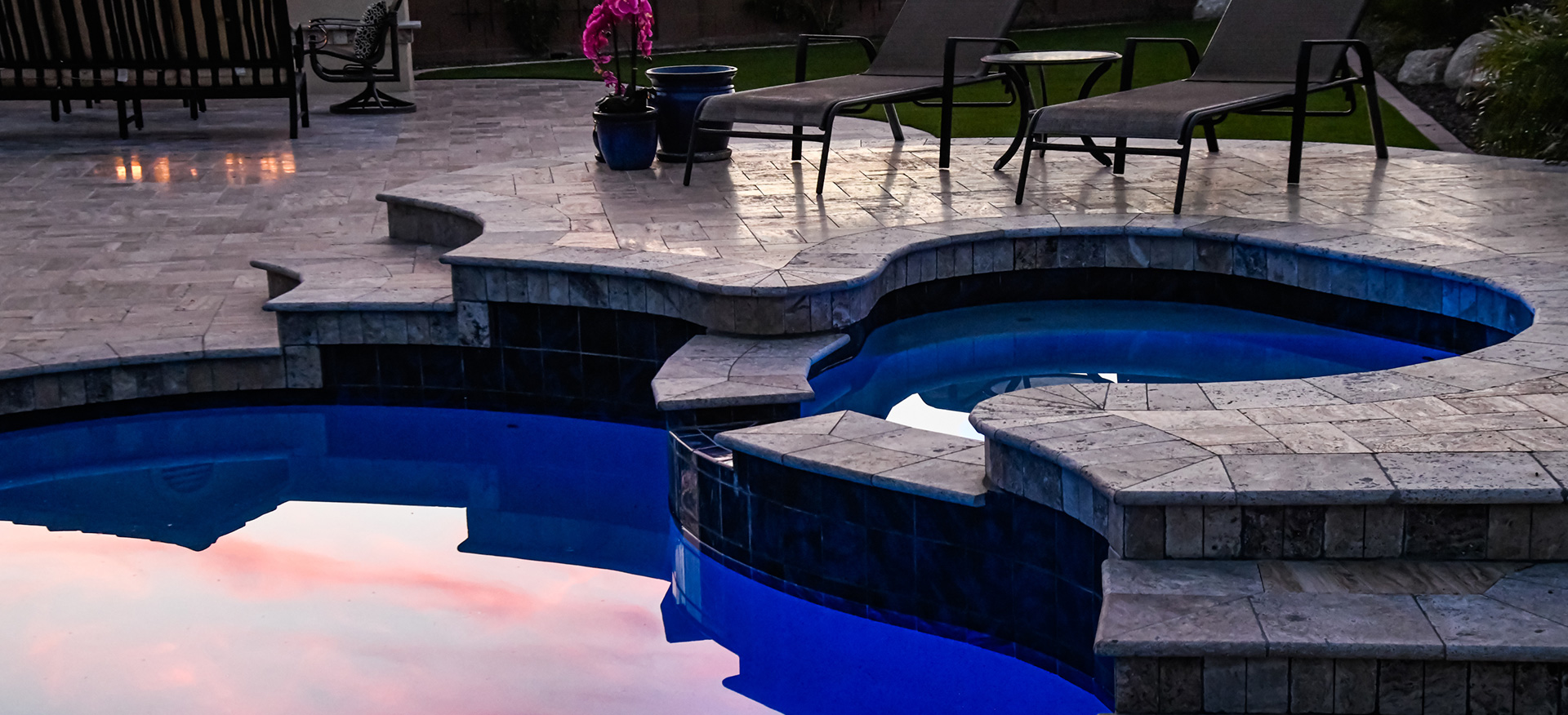After a good downpour, many pool owners are left wondering: what happens to the salt in my pool? The answer? It’s probably been diluted—and your saltwater system might not be running as efficiently as it should.
Why Rain Affects Pool Salt Levels
Rainwater is fresh and contains no salt. When it enters your pool, it dilutes the salt concentration, especially if you experience heavy or repeated rainfall. The result is a lower salinity level, which can affect how well your salt chlorinator produces chlorine.
What to Watch For
- Chlorine levels dropping – a sign your salt system isn’t generating enough chlorine.
- Cloudy water – from low chlorine or imbalanced water chemistry.
- Salt system warnings – many chlorinators will display a low salt alert.
What You Can Do
Test your salt level using test strips or a digital meter.
Top up with pool-grade salt if levels are below your chlorinator’s recommended range (usually around 4,000 ppm).
Check water balance (pH, alkalinity, stabiliser) to ensure everything is in sync.
Avoid overfilling during storms, if possible, by managing drainage around the pool.
Pro Tip:
With all the rain we’ve had on the Gold Coast lately it’s sure to be impacting your pool more than usual for this time of year. It’s worth checking your pool more frequently to stay ahead of any water chemistry issues.
Where to buy pool salt?
Due to the rise in demand for pool salt, we’ve created an easy click and collect system available at our Labrador and Helensvale locations to make it easier than ever to grab salt and top up your pool.
Visit our online pop-up shop here – www.goldcoastpoolsalt.com.au
If you need advice or assistance, remember our friendly team are always available to test your water and discuss options to ensure your pool is running in prime condition. Phone 07 5573 7677 Monday to Friday during business hours.


